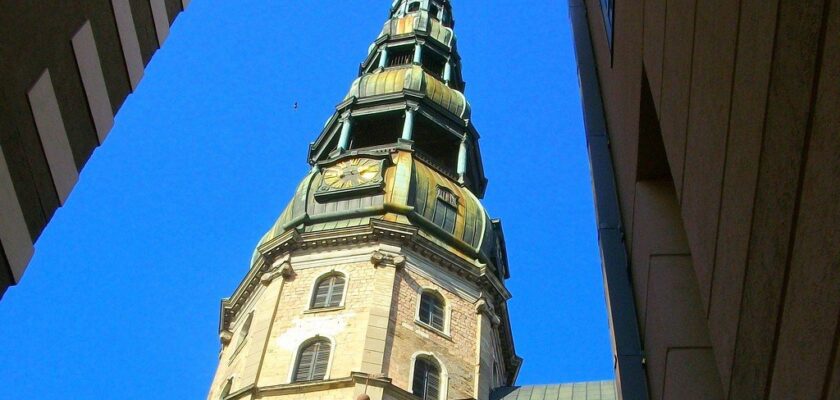St. Peter’s Church in Riga
St. Peter’s Church in Riga is the oldest religious building in the city and one of the visiting cards of the Latvian capital. The temple was erected in 1209 and remained the tallest building in Riga until 1985. It is famous for its original high spire, which is crowned with a figure of a rooster. St. Peter’s Church itself reaches a height of 123.5 meters, and the spire is 64.5 meters high, which makes the temple building clearly visible from different parts of the city. The ancient temple has been a UNESCO World Heritage Site since 1997.
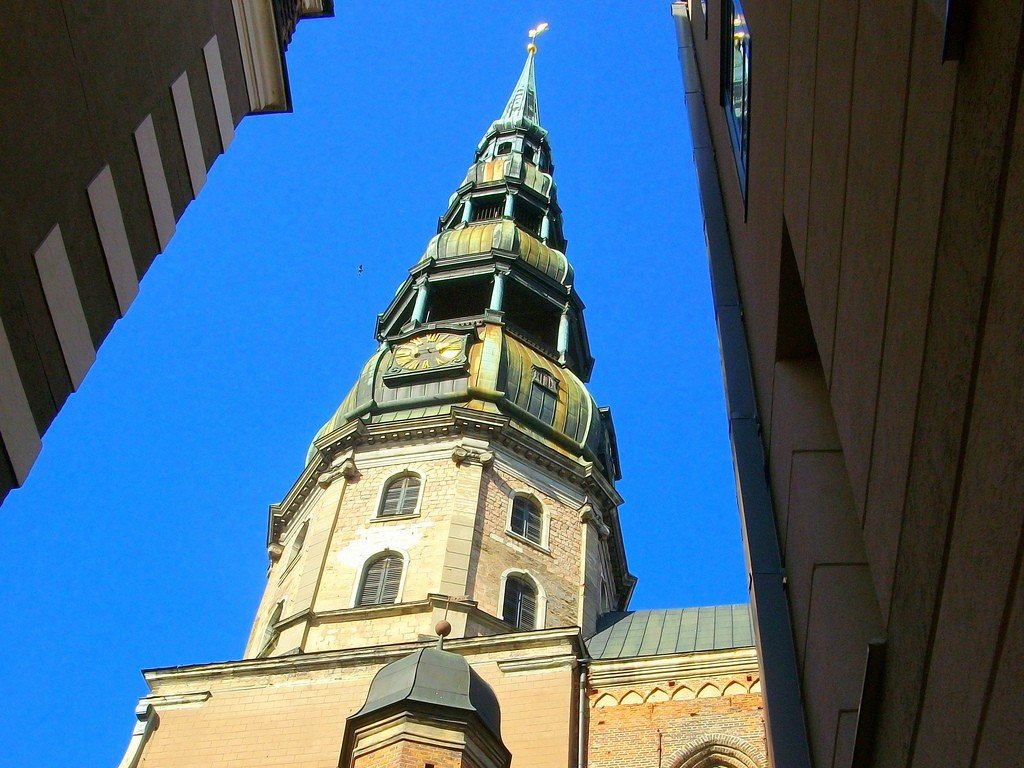
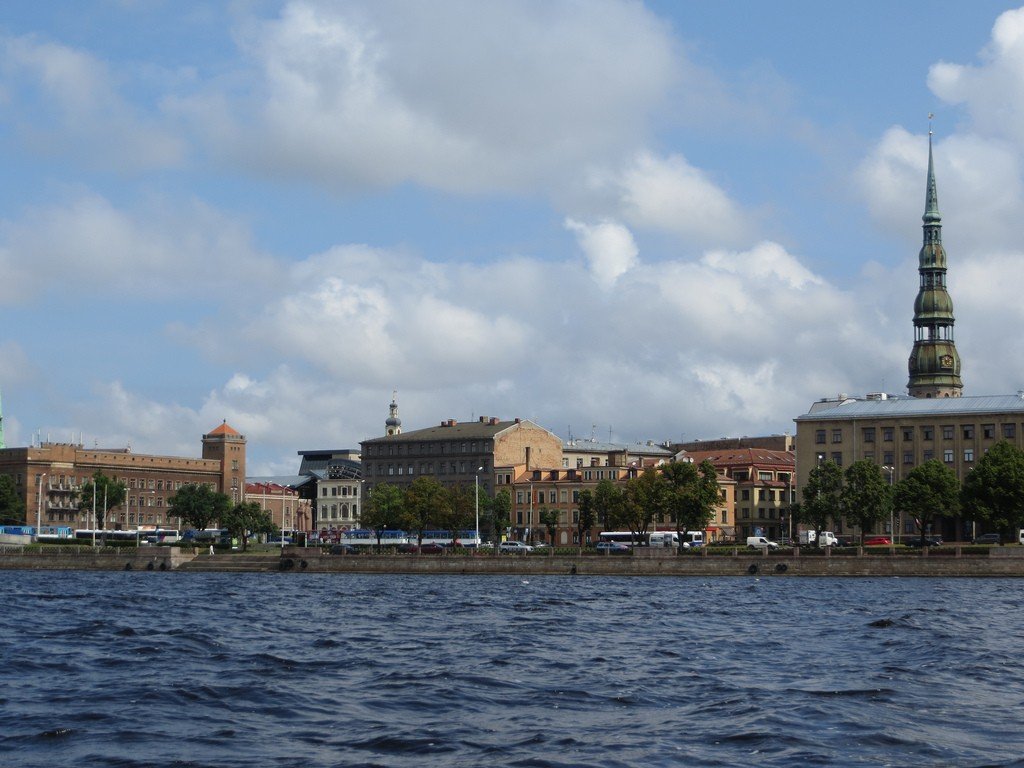
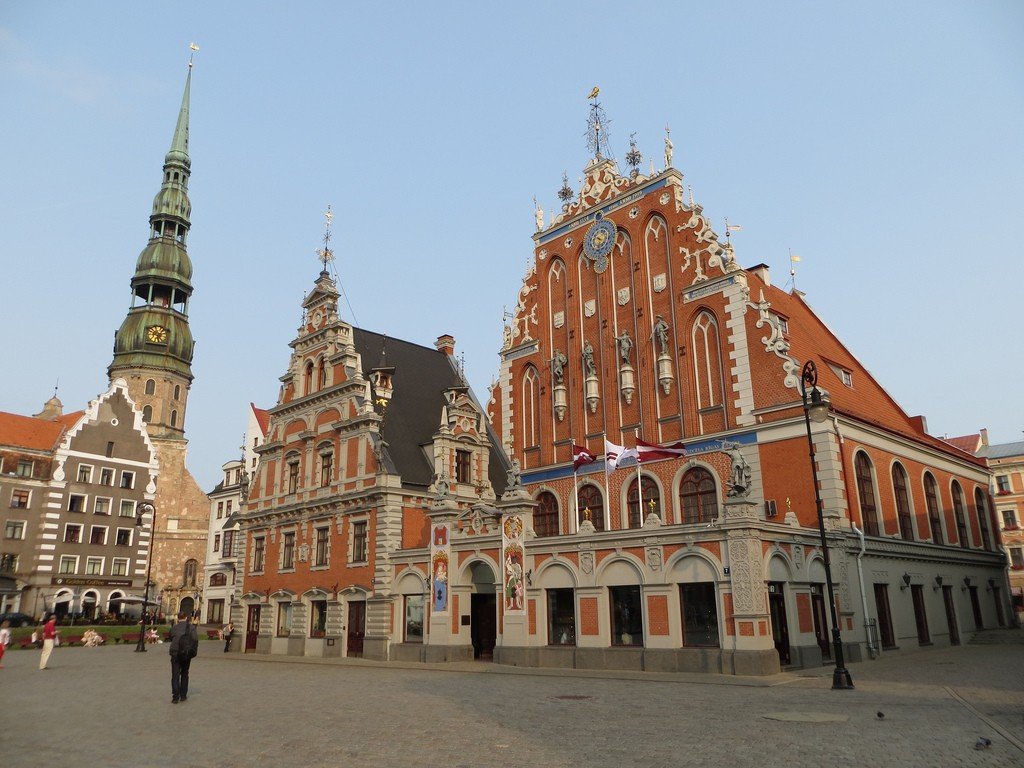
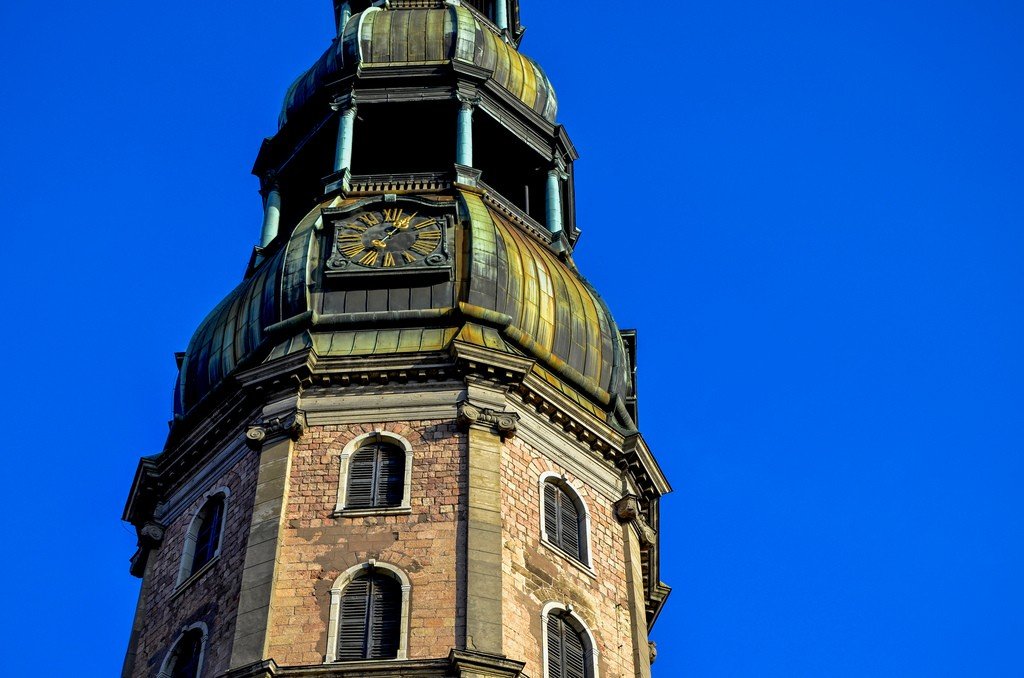
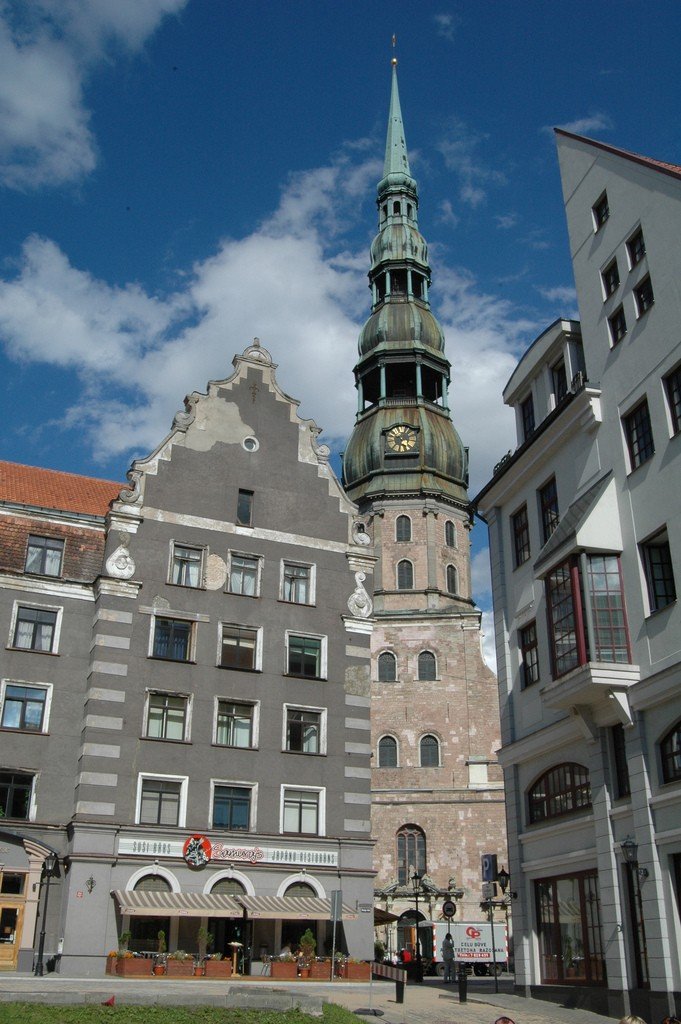
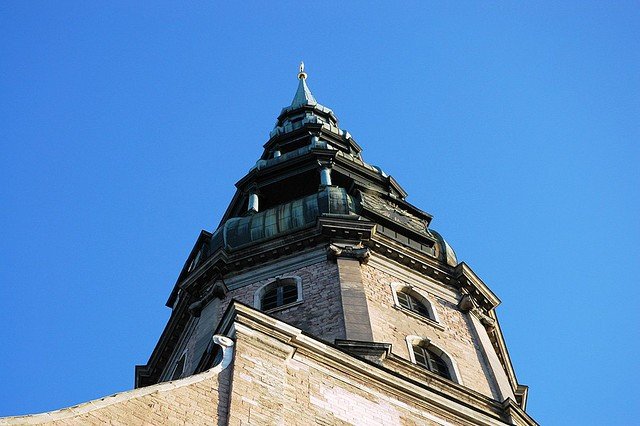
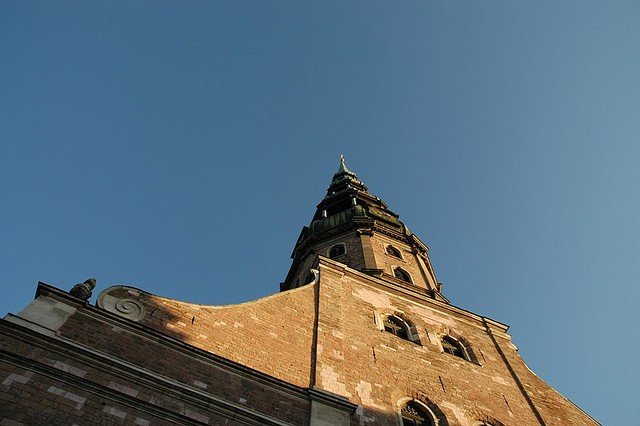
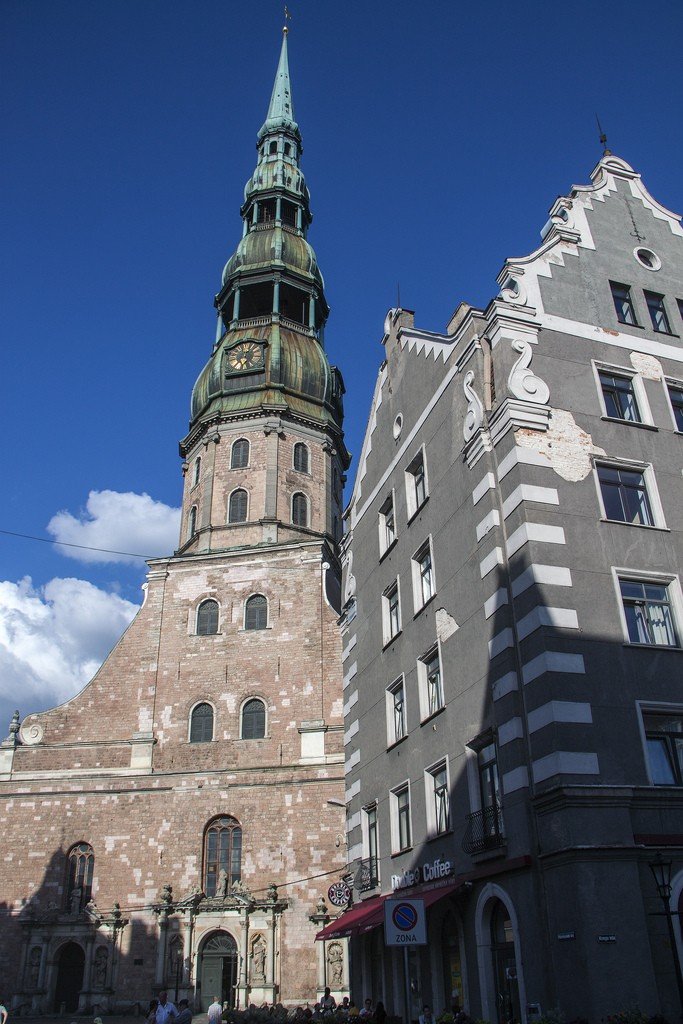
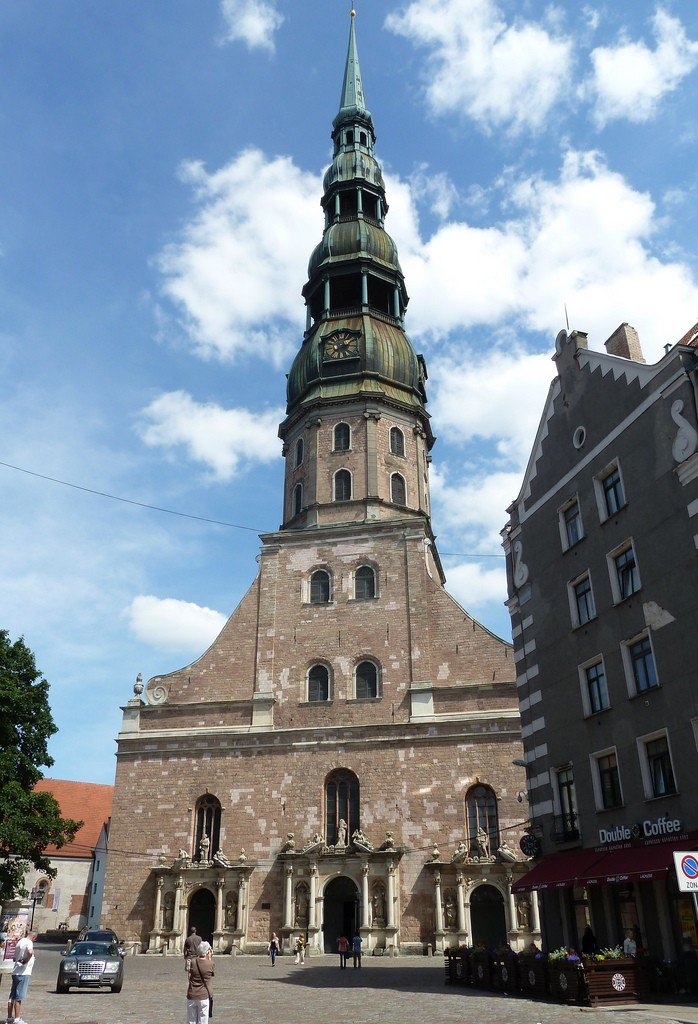
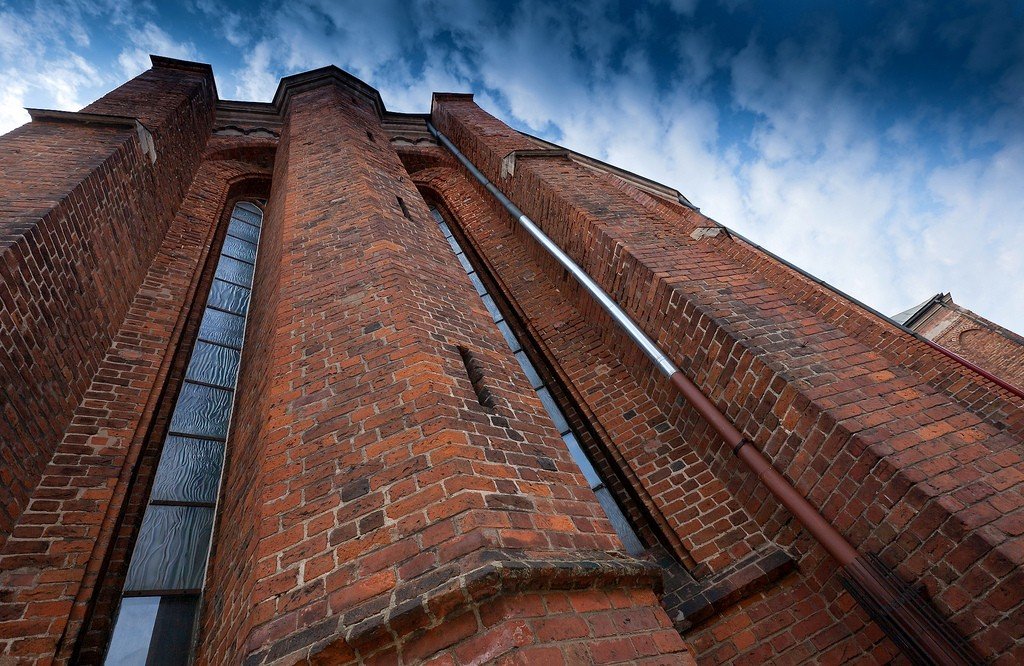
Highlights
Over its centuries-long history, St. Peter’s Church in Riga has undergone many reconstructions and restorations. Remains of the original three-nave basilica are preserved in its central part – these are a few columns and ancient walls of the aisles.
Today, St. Peter’s Church is a functioning Lutheran church where regular masses are held. At a height of 71 meters, on the spire there is an observation deck, which offers a wonderful view of the narrow streets and tiled roofs of the Old Town, the majestic Dome Cathedral, Riga Castle, the Daugava River valley, picturesque bridges, the bay and the port. This is a great opportunity to admire the ancient city from a bird’s eye view!
.For tourists, entrance to the church costs 5 euros, and a visit to the observation deck costs 11 euros. Those who wish can climb up the reinforced concrete stairs. In addition, the church has an elevator, which can be used to get directly to the observation deck.
.
St. Peter’s is open to visitors every day. During the summer months it is open from 10.00 to 19.00 and from September to May from 10.00 to 18.00. On Sundays, the church opens from 12.00 noon to 7.00 p.m. in summer and 6.00 p.m. from September to May..History of St. Peter’s Church in Riga
The construction of St. Peter’s Church in Riga took place with people’s money, and donations were collected from merchants, artisans and other citizens. The new church became the main church of Riga’s burghers, who had the status of a privileged stratum of feudal society. Then one of the city’s first schools was opened here.
.The church was built in a strict Gothic style. It had three naves and a free-standing bell tower. At the beginning of the 15th century, the architect Johann Rummeshottel, who was invited from Rostock, built a renewed altarpiece. From 1456 to 1473 a major reconstruction took place, and a high Gothic tower was added to the church, above which an octagonal wooden spire rose.
.
In 1666, tragedy struck. The wooden structure, which had stood for two centuries, collapsed, destroying one building and killing eight townspeople. It took only a year to rebuild the wooden spire, but 10 years later it burned down in a fire. After that, the city authorities hired Riga architect Rupert Bindenshu, and under his guidance the builders erected a new spire and remodeled the facade of the building in the Baroque tradition.
.
In 1721 lightning struck the high tower during a thunderstorm, the wooden building caught fire, they tried to extinguish it, but the fire did not subside. The spire burned to the ground and only by chance did not collapse on people. It is noteworthy that Emperor Peter I participated in extinguishing this fire. Then the Russian sovereign issued a decree on the reconstruction of St. Peter’s Church in Riga, but the work on the restoration of the spire could be completed only after two decades – in 1741.
.
At the beginning of the Great Patriotic War, the ancient church was in the epicenter of hostilities. In 1941, when the Wehrmacht troops were approaching Riga, the Red Army command post was located on the high tower. The observers sitting there could see the situation perfectly and correct the firing. During the first artillery bombardment the Germans hit the city with howitzers, destroyed the church steeple and significantly damaged the building itself. Fire and shrapnel killed all the interiors and destroyed the walls.The restoration of the ruined church began only in 1966. A group of architects from Latvia developed a large-scale project, and in 17 years St. Peter’s Church was brought back to life. Builders and restorers erected a new metal spire, covered the nave with reinforced concrete vaults and restored the ancient crypts. When all the work was finished, the ancient temple was used for art exhibitions and concerts.
.What you can see in the temple
Inside St. Peter’s Church in Riga you can see original decorative elements – a large bronze candlestick, a carved wooden altar, an ancient chapel of the Blue Guard, as well as ancient epitaphs. In addition, the temple exhibits a sculpture of the knight Roland, which in former times stood on the Town Hall Square of the city. On stands and screens there are facts about the history of the ancient building and information about the architects who built it.
.
How to get there
St. Peter’s Church in Riga is located in the Old Town, at Skārņu iela 19. It takes 12-15 minutes (1 km) to walk from the train station to the church.
